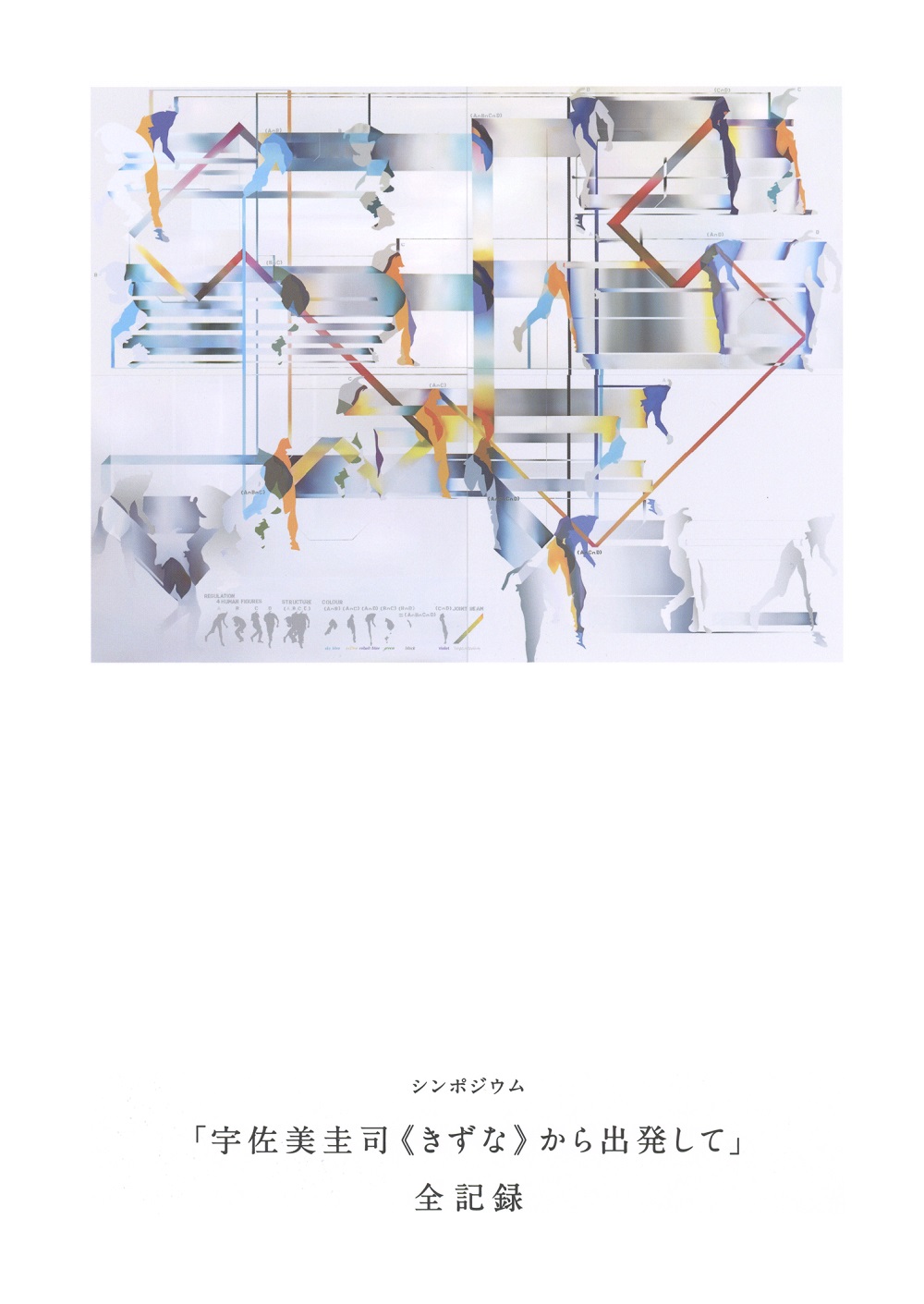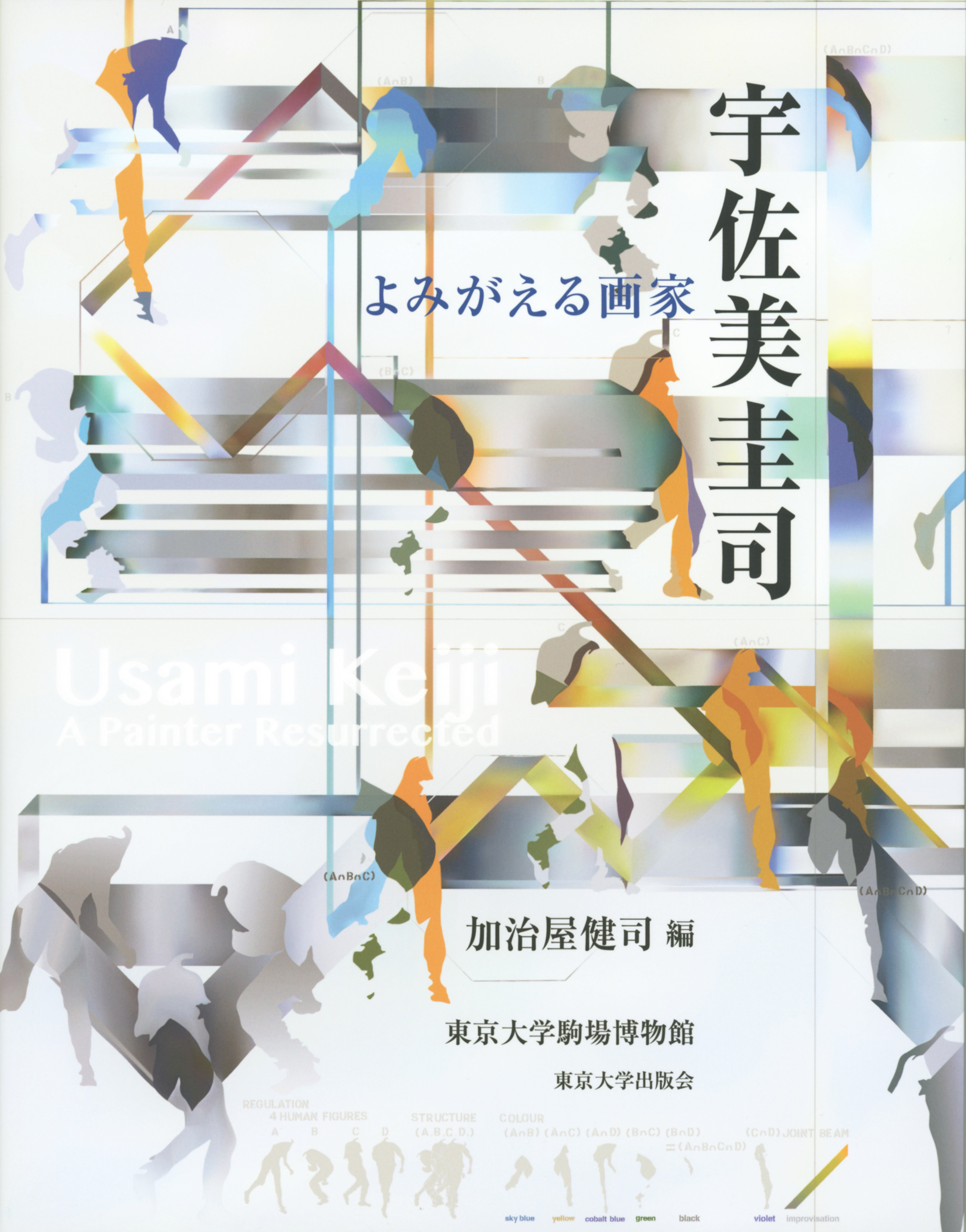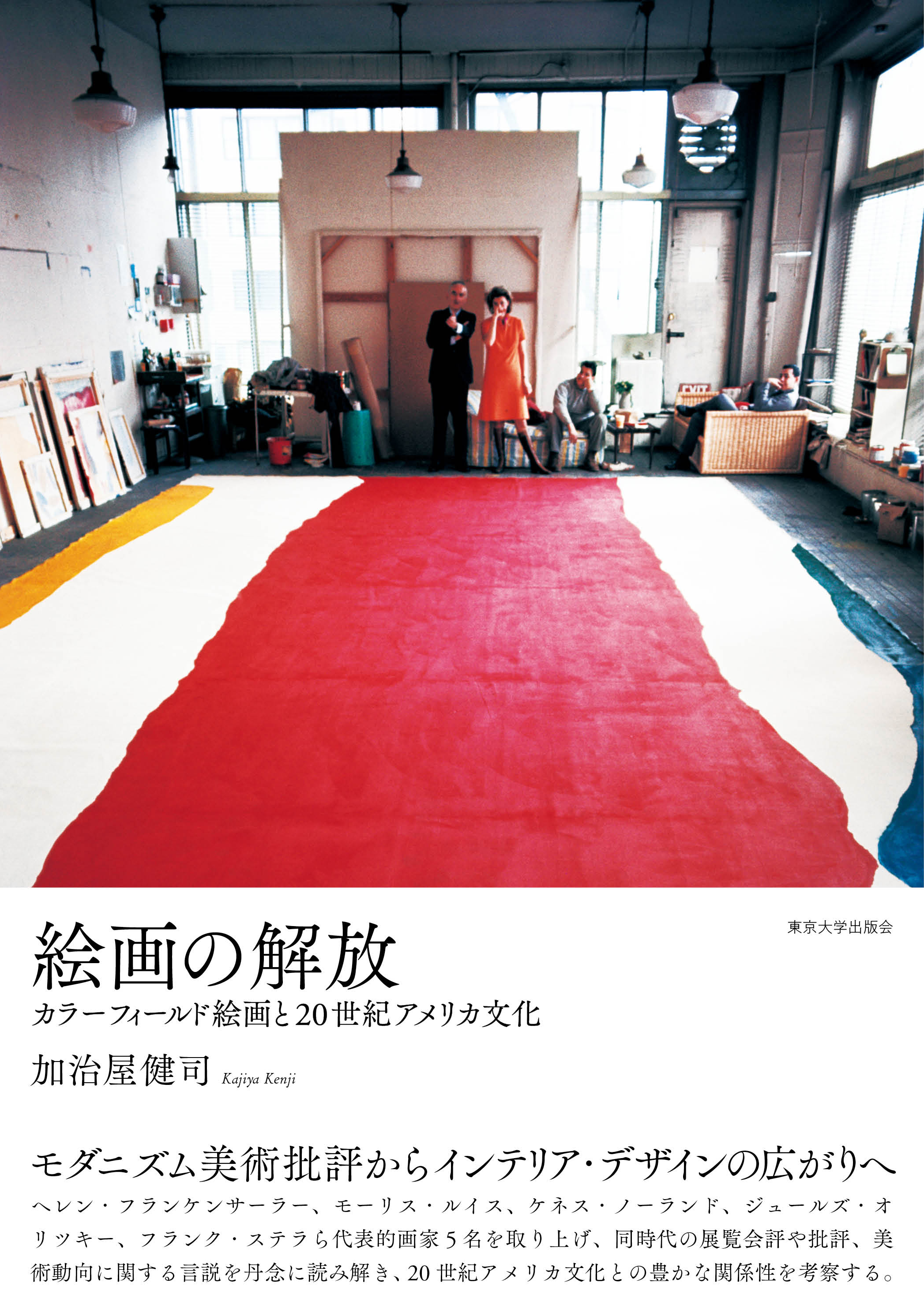
Title
Symposium USAMI Keiji “Kizuna”kara Syuppatsu shite (“Beginning with USAMI Keiji’s Kizuna…”: A Full Transcript of the Symposium)
Size
96 pages
Language
Japanese
Released
May, 2019
Published by
The University of Tokyo
Book Info
See Book Availability at Library
Japanese Page
An incident that occurred at the University of Tokyo on April 26, 2018, went viral on social media and soon became a topic of discussion across the country. In September 2017, USAMI Keiji’s Kizuna (1977), which had until then adorned the wall of Central Cafeteria in the university’s Hongo Campus, was discarded by the University of Tokyo Cooperative Association (Co-op) during renovation work. Bitterly regretting the incident, the university resolved to take more care of the cultural properties on its campuses. Additionally, on September 28, 2018, it convened a symposium at Yasuda Auditorium titled “Beginning with USAMI Keiji’s Kizuna…” This book presents the proceedings of that gathering.
The symposium began with opening remarks by University President GONOKAMI Makoto followed by a statement of purpose by Professor MIURA Atsushi and a special lecture by Professor Emeritus TAKASHINA Shuji. After this, Usami’s works, among other things, were discussed by Professor SUZUKI Izumi (Philosophy), Associate Professor KAJIYA Kenji (Culture and Representation Course), and TAKAGISHI Akira (Art History). The next part of the event featured speakers from outside the university. Artist and Visiting Professor OKAZAKI Kenjiro (Musashino Art University) and Professor HAYASHI Michio (Sophia University) discussed Usami’s oeuvre in a broader context. Next, Professor KINOSHITA Naoyuki (Cultural Resources), Professor SATO Yasuhiro (Art History), and KOBAYASHI Mari (Cultural Resources) discussed the problem of cultural resources being discarded. (The titles and descriptions of each personage are as of the time of the event.)
Kizuna is a diagrammatic painting illustrating interconnected human forms that are fragmented and color-coded. The lectures and discussions highlighted the contemplative nature of the opus; it evokes the connections between people and prompts the viewer to consider the things that enable these connections. Such structuralist inquiry played a cardinal role in postwar Japanese art. The speakers also noted that the human forms Kizuna depicts represent the silhouettes of the protesters in the Watts Riots, which occurred in 1965 in Los Angeles. Mindful of this, we can understand the twofold meaning of Kizuna (“kizuna” being the Japanese word for the bonds in human relationships): On the one hand, it refers to the bonds of conviviality among the students and instructors who gather together and socialize in the cafeteria; on the other hand, it also denotes the bonds of solidarity displayed by the student protesters who occupied Yasuda Auditorium, which is located above the basement cafeteria. The Co-op staff discarded the painting without contacting or consulting any of the campus’s multiple art academics. Hence, the participants at the symposium also discussed the bonds of communication between the Co-op staff and the university instructors. From this discussion, the participants gained a renewed appreciation of the importance of information-sharing between those responsible for the campus’s cultural properties.
The book concludes with a summary of the events leading up to the disposal of the painting and how this incident was dealt with, making it an ideal text for understanding the event. Although not sold on the market, the book is available to read at the National Diet Library and in the libraries of major universities and art museums. The book will prompt readers to consider how universities, and society at large, should approach cultural resources.
(Written by KAJIYA Kenji, Professor, Graduate School of Arts and Sciences / 2020)
Related Info
Beginning with Keiji Usami's Kizuna … Symposium transcript
https://www.u-tokyo.ac.jp/focus/en/features/z1304_00053.html



 Find a book
Find a book



